Share this article

How agentic AI in security changes the game: Benefits and challenges
Accelerating security solutions for small businesses Tagore offers strategic services to small businesses. | A partnership that can scale Tagore prioritized finding a managed compliance partner with an established product, dedicated support team, and rapid release rate. | Standing out from competitors Tagore's partnership with Vanta enhances its strategic focus and deepens client value, creating differentiation in a competitive market. |
As AI and automation become the norm, more and more organizations lean on them to streamline decision-making processes across business functions, including security.
Traditional AI solutions take on repetitive and time-consuming tasks, freeing teams to focus on higher-level strategy and growth. Agentic AI takes this to another level by putting together an integrated system of AI tools that pursue broader security goals with reduced human input, though effective governance still requires human oversight.
But with the added sophistication, you also need to consider the possibility of unique security risks and their potential impact on governance and technical oversight.
In this guide, you’ll get an overview of introducing agentic AI to your environment, covering:
- The benefits and security challenges of agentic AI
- Best practices to mitigate risks
What is agentic AI in security?
Agentic AI in security refers to using a goal-directed system of AI agents that operate with a degree of autonomy to strengthen your security posture. It is designed to plan, adapt, and act according to your risk environment with minimal human intervention. When deployed, you can expect the system to detect old and new threats and initiate countermeasures in near real time with reasonable accuracy, depending on training data, tuning, and other contextual risk factors.
Agentic AI offers several core capabilities, including:
- Planning and reasoning: Deciding on the steps it needs to take to achieve its goal
- Memory/statefulness: Retaining and recalling information, such as the reasoning for previous actions, tools used, or data retrieved
- Action and tool use: Leveraging targeted actions and tools to complete tasks
Agentic AI tools depend on machine learning—for a security use case, they’re trained on relevant data and continuously refined to be effective.
While the technology is still emerging, many mature organizations have started experimenting with agentic AI to support security operations in controlled environments. A broader shift toward adoption will likely happen once agentic AI is able to demonstrate compliance with industry standards on security, reliability, and transparency, giving organizations greater confidence in adopting it at scale.
AI agent and agentic AI: What’s the difference?
Although they’re often used interchangeably, AI agents and agentic AI are two distinct, yet connected terms. The primary difference is that they function on different levels of autonomy.
An AI agent is a single system that independently makes decisions and executes tasks based on training data and inputs. For instance, a monitoring system that automatically sends alerts based on fixed parameters can be considered an AI agent if machine learning or reasoning is applied beyond simple rules.
On the other hand, agentic AI refers to a broader, interconnected system where multiple AI agents collaboratively work towards completing objectives. In practice, a cybersecurity-trained agentic AI would leverage multiple AI systems to automatically detect a phishing attempt, analyze network traffic for similar behavior, as well as isolate affected endpoints and send out an alert to stakeholders.
{{cta_withimage28="/cta-blocks"}}
What are the benefits of agentic AI in security?
Integrating agentic AI into your existing security systems can provide the following benefits:
- Advanced threat detection and security analytics: AI agents can process large datasets across different technologies in real time, providing end-to-end visibility into your security posture and detecting sophisticated threats that human teams might overlook
- Reduced alert fatigue for teams: By automating repetitive work, filtering false positives, and taking confident actions, agentic AI cuts down the noise and allows teams to focus their efforts on high-impact alerts/events
- Proactive, often autonomous risk response: AI agents can be programmed to identify and address some vulnerabilities on their own, reducing response times and limiting the likelihood of breaches
- Scalable decision-making: Agentic AI can adapt to complex processes and take the desired action with minimal human input, reducing the decision-making load for teams
5 agentic AI security challenges you should plan for
While agentic AI can transform an organization's security workflows, it also introduces complex challenges, such as:
- Ambiguous accountability for autonomous decisions
- Data privacy and security concerns
- Security failures driven by information bias
- Limited transparency in decision logic
- Integration complexity
1. Ambiguous accountability for autonomous decisions
Although the greatest benefit of agentic AI is its autonomy, it’s also the primary concern around using it. Since the system is designed to make decisions on its own, determining accountability when it violates regulations or fails to align with internal security standards can be challenging, though it generally resides with the organization and designated human roles.
To mitigate this kind of risk and ensure transparency, implement clear procedures for continuous human validation, monitoring, and logging of all agentic AI actions. Set governance policies that outline the need for human oversight and escalation paths to bring attention to misaligned AI choices faster.
2. Data privacy and security concerns
Agentic AI often processes large volumes of information to perform its role effectively, expanding the attack surface and heightening the risk of leaks, misuse, or unauthorized access, especially if the data is sensitive.
For organizations in heavily regulated industries such as healthcare, finance, or government, the stakes are even higher. Data breaches can trigger severe consequences under frameworks like HIPAA, CMMC, and PCI DSS, ranging from substantial financial penalties to potential legal action.
To mitigate these risks, agentic AI systems should be designed with privacy by default. That means building on data protection principles from relevant regulations, such as the GDPR and the CCPA, and enforcing internal AI governance standards.
3. Security failures driven by information bias
The effectiveness of agentic AI systems depends on not only on the quality of their training data but also on the reliability of the data they consume in real time.Without careful validation, the system may rely on biased or incorrect information that can lead to skewed choices and other performance issues. The risk goes beyond operational stability. According to a 2025 Vanta survey, nearly 50% of the organizations expressed concern over ethical issues caused by AI.
These concerns are valid for broader use cases—for example, if agentic AI is used in sensitive areas such as hiring or lending, biased outputs could lead to discriminatory outcomes, potentially violating employment or anti-discrimination laws.
You can strengthen safeguards by adding validation layers like input audits, bias detection models, and human oversight to ensure that your training data is unbiased. Regular retraining, monitoring for drift, and structured impact assessments also help ensure that outputs remain fair, reliable, and compliant over time.
{{cta_webinar6="/cta-blocks"}}
4. Limited transparency in decision logic
Agentic AI is inherently complex as it depends on many independent variables in its network. As a result, it often functions as a type of “black box,” making governance challenging. For example, when an AI agent takes an action, such as granting access, approving a vendor, or flagging an anomaly, security teams may not be able to fully explain why the decision was made.
A lack of explainability poses compliance risks under frameworks like the forthcoming EU AI Act, which requires transparency for manyin high-risk AI use cases. In addition, wWithout traceable logic, it can be a struggle to meet audit requirements or account for activities in the event of a security incident or regulatory investigation.
To mitigate this challenge, agentic AI deployments should embed explainability into their design. Techniques such as model documentation (model cards), decision traceability, and explainability frameworks can help security teams understand outputs.
5. Integration complexity
To function efficiently, agentic AI systems need comprehensive connections to security workflows and related tech stacks. However, the lack of standardization between systems can make this challenging and lead to siloed technologies that limit efficiency. Without careful planning, they can inadvertently expand the attack surface, introduce misconfigurations, or weaken existing security controls.
Poorly integrated systems make it harder to demonstrate compliance, since auditability and evidence collection may break down when AI decisions are not fully captured across platforms. It can also drive up overhead costs and slow down organizations looking to scale and mature their security program.
Best practices to address agentic AI security challenges
Agentic AI technology is still maturing, but the developments in the space look promising. You can address some of the challenges we discussed earlier by following these security-first practices:
- Integrate explainability into system design: Build and design mechanisms that allow security teams to trace how and why agentic AI makes specific decisions
- Get training data validated by experts: Have experts review training data for inconsistencies that can cascade into poor security choices
- Use the minimum data necessary principle: This privacy-by-design principle allows agentic AI tools to only access the minimum amount of data necessary for the job to minimize the risk of misuse
- Use sandbox environments to test AI behavior safely: Deploy AI models in isolated environments to simulate real-world scenarios without putting sensitive data and live systems at risk
- Continuously monitor and audit AI outputs: Regularly evaluate agentic AI output to detect anomalies and catch model degradation early
- Maintain version control and rollback capabilities: Save older versions of AI tools, especially for occasions when an update can trigger unpredictable changes in logic
Support your AI governance initiatives with Vanta
Vanta is a trust management platform that helps organizations demonstrate trust while building or using AI-powered products. We provide resources and guidance to help you align with the most relevant AI governance frameworks and regulations, such as ISO 42001, NIST AI RMF, and the EU AI Act.
Here are some useful features that support AI compliance initiatives:
- Pre-built policy templates
- A unified tracking dashboard powered by 375+ integrations
- Automated workflows for evidence collection
- Faster responses to incoming security questionnaires with Questionnaire Automation
- Access to public-facing Trust Centers
With Vanta’s AI Agent, you can build repeatable AI compliance processes at scale. You can read more about our methodologies in the Vanta Trust Maturity Report.
Vanta also offers the Vanta AI Security Assessment Template, a standardized set of questions you can use to evaluate your vendor’s AI security risk posture or demonstrate the strength of your own.
Schedule a custom demo to get a tailored overview of Vanta’s AI compliance product.
{{cta_simple34="/cta-blocks"}}
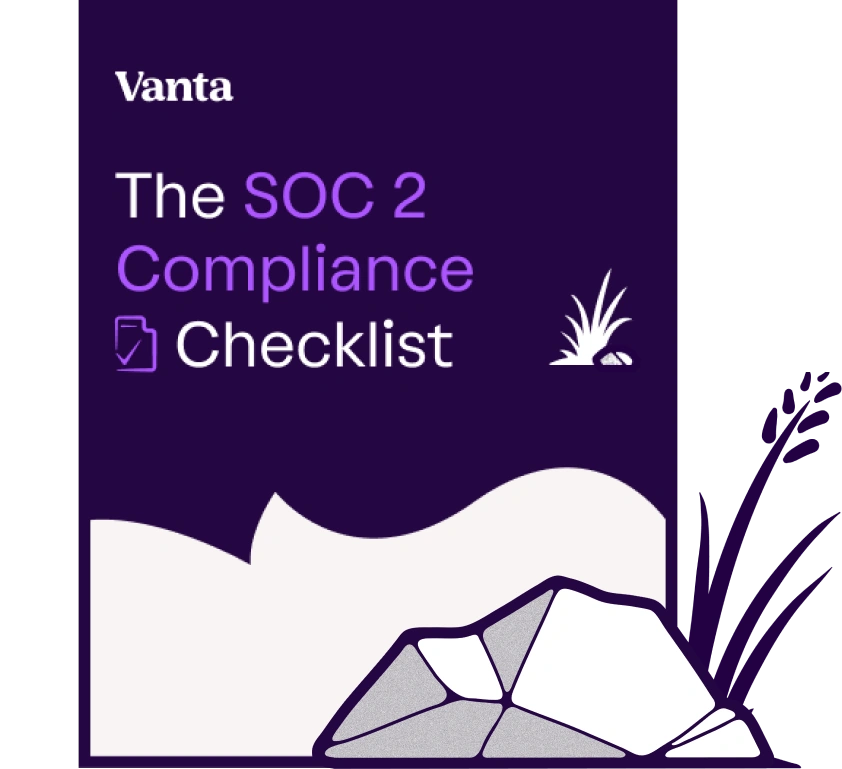




FEATURED VANTA RESOURCE
The ultimate guide to scaling your compliance program
Learn how to scale, manage, and optimize alongside your business goals.














%20(1).png)



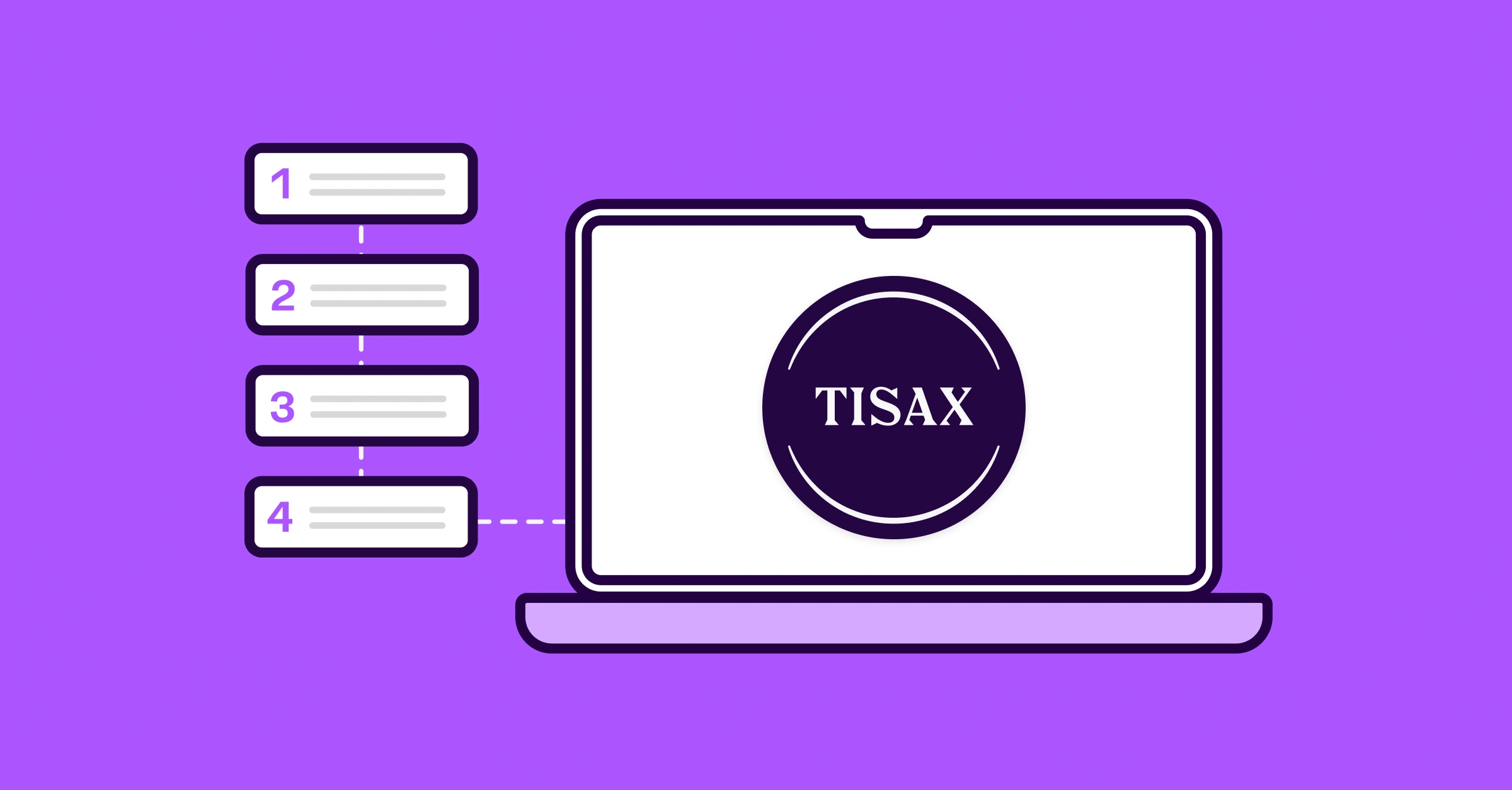

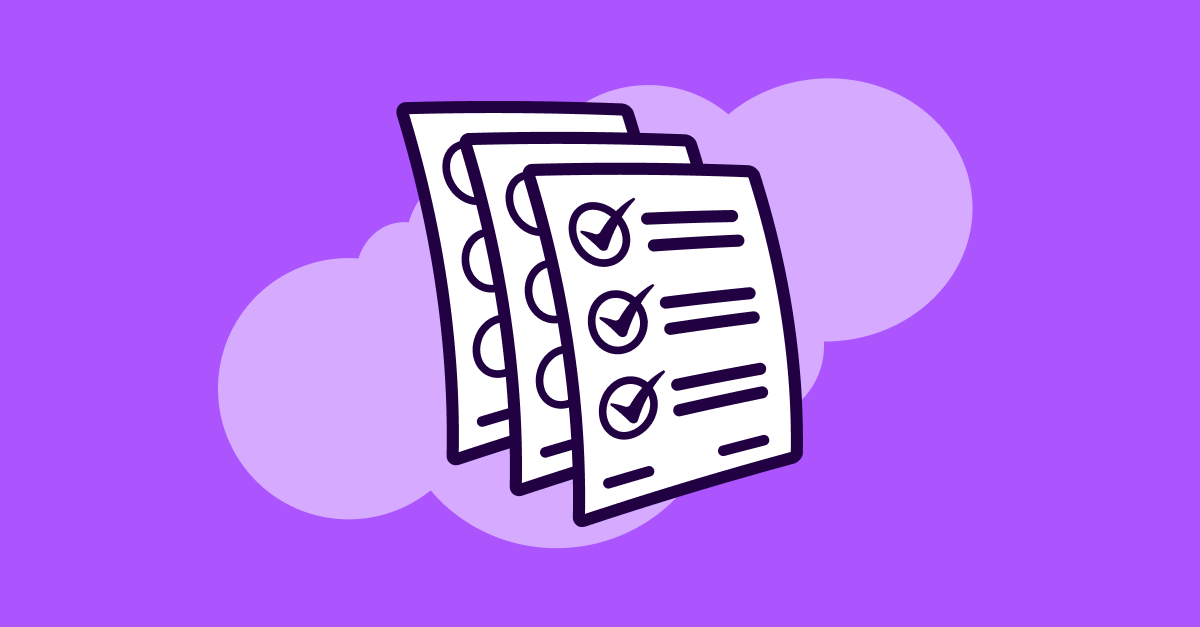
.png)
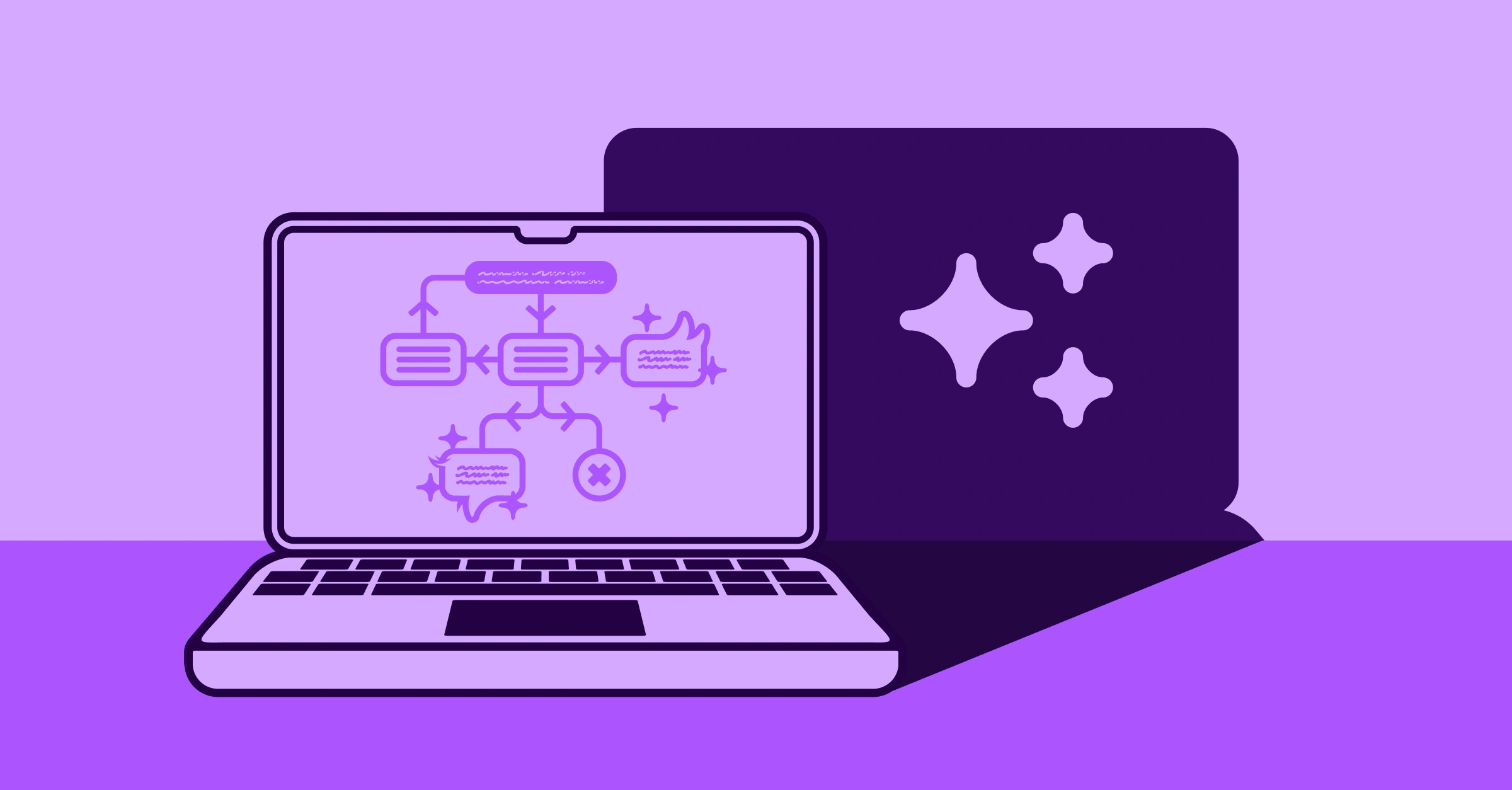
.png)
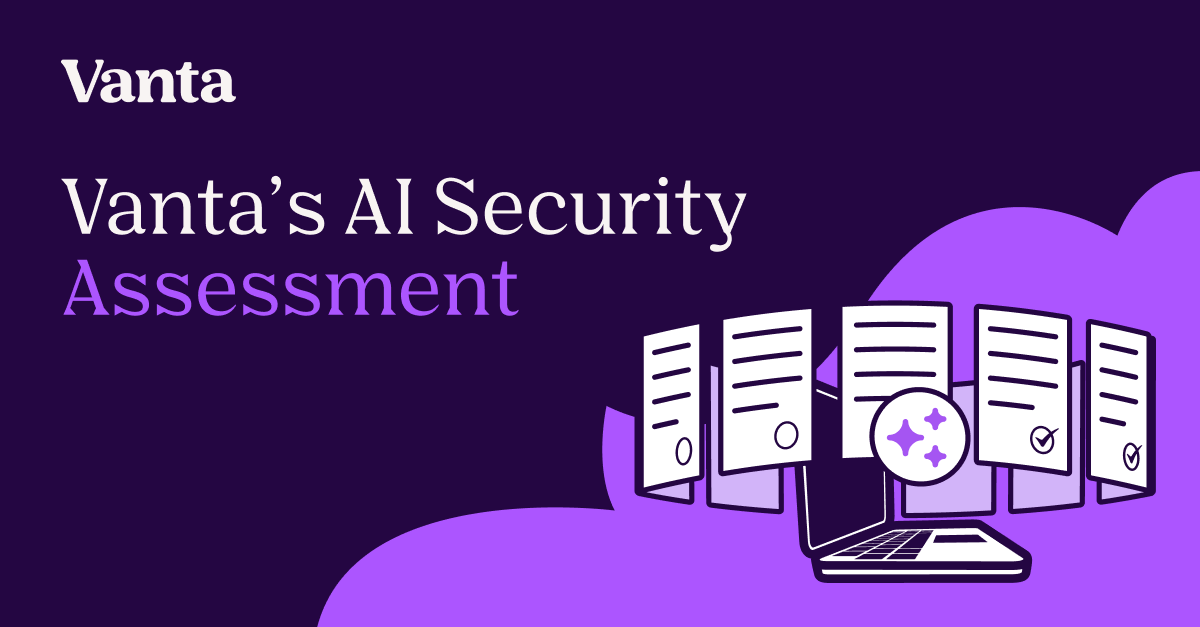

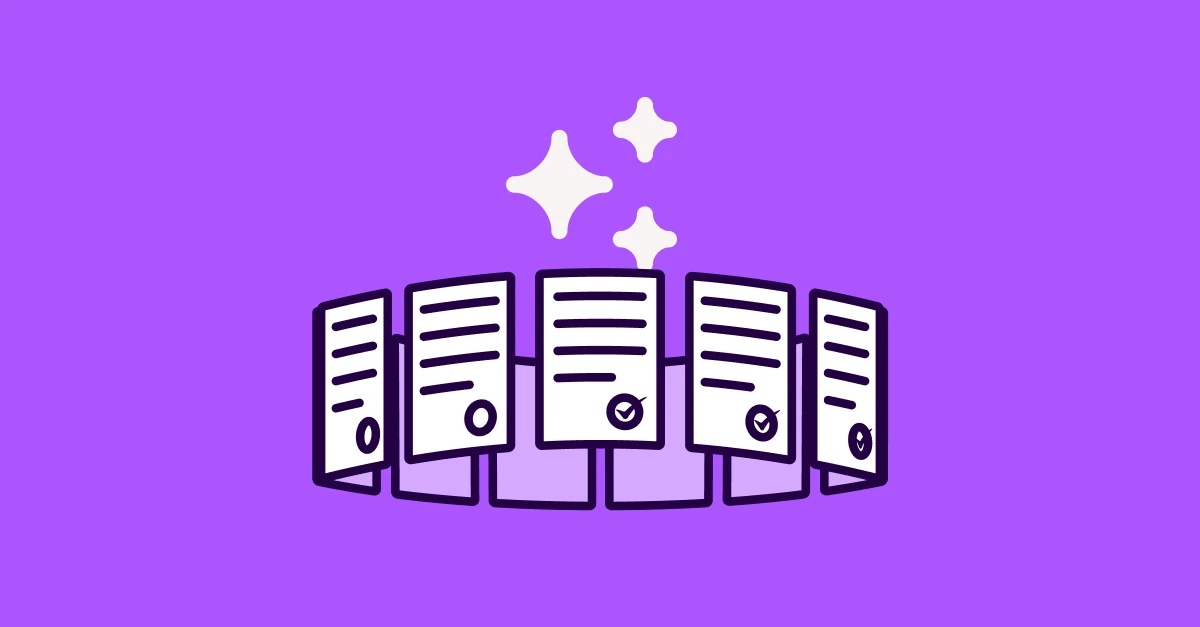

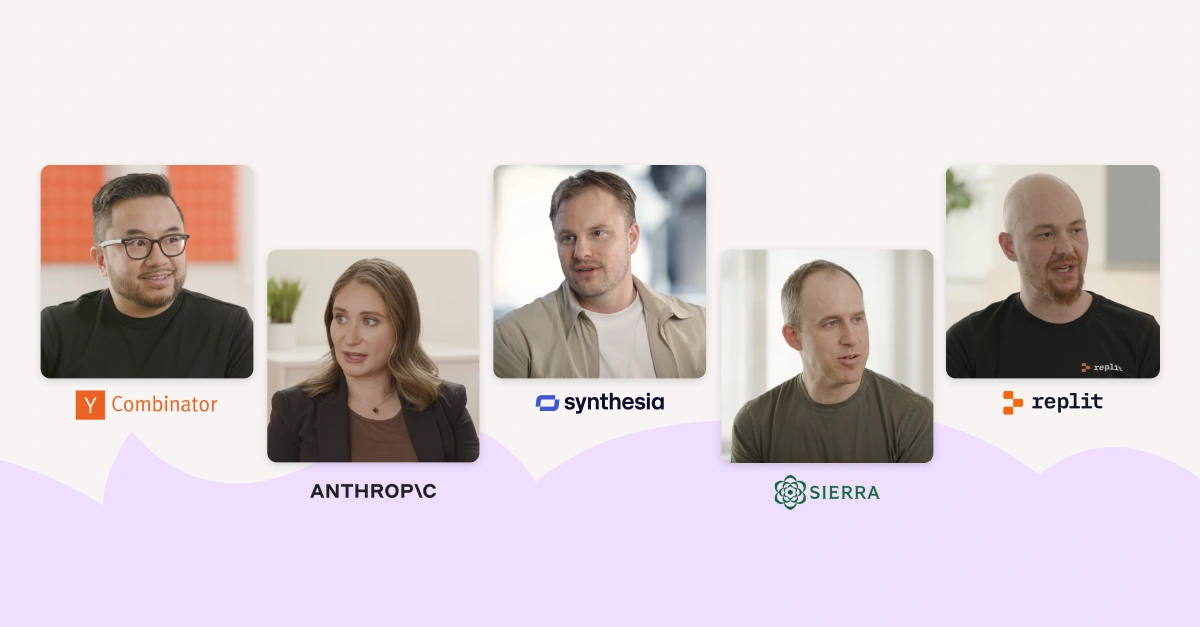

.svg)
.svg)
.png)
.png)
.png)